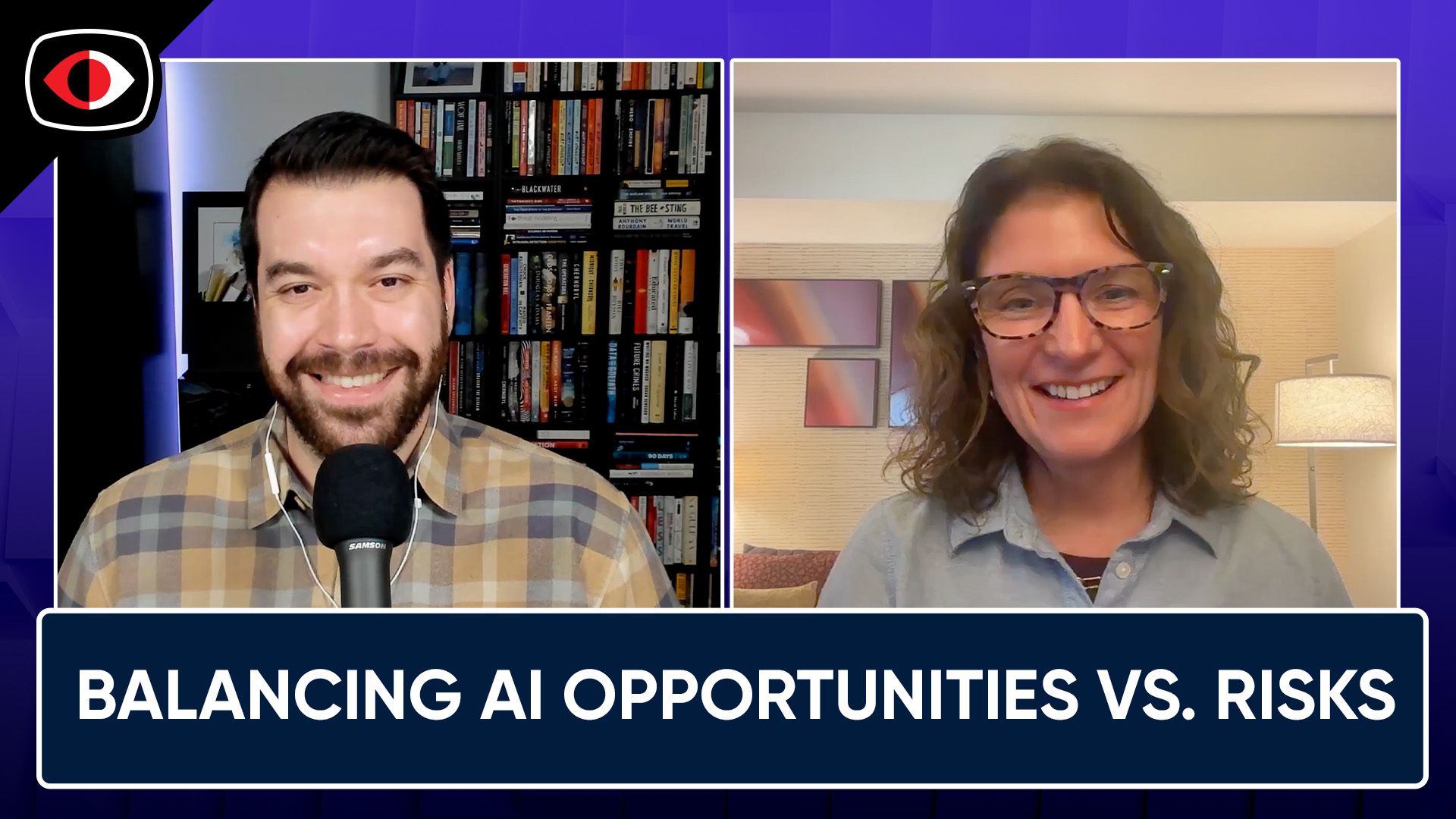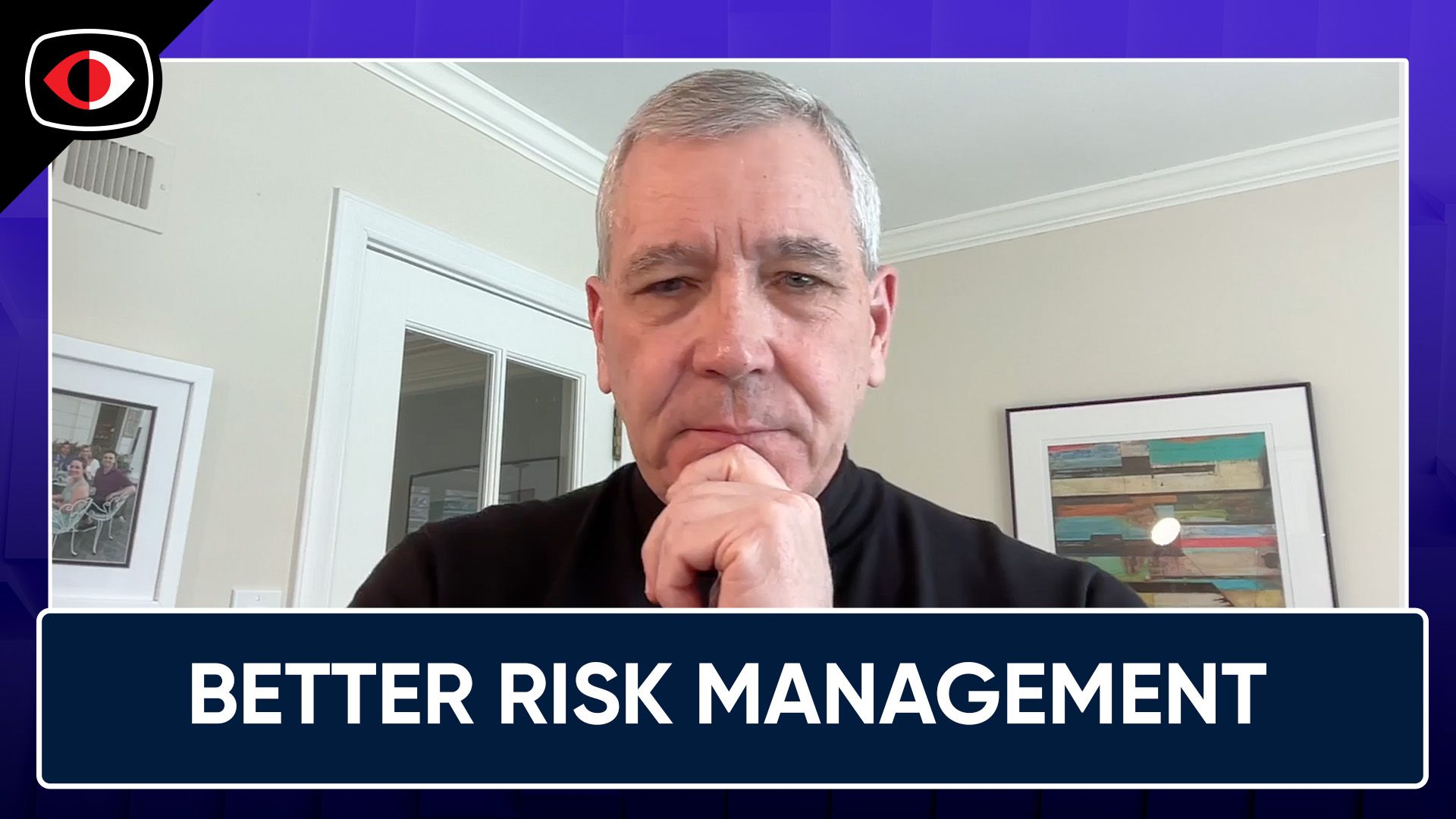The CISO Mindset, Top Strategies, and Mandating Office Presence Without Purpose – BSW #370
In the leadership and communications segment, The CISO Mindset: A Strategic Guide for Aspiring CEOs and The Board Members, The Top Strategy to Earn More Respect at Work: A Leadership Expert’s Proven Method, The Problem with Mandating Office Presence Without Purpose, and more!
Announcements
Dive into cybersecurity with CyberRisk Alliance for exclusive insights from RSA Conference 2024. Explore executive interviews with industry leaders, uncovering visionary perspectives on threats and strategies. Delve into curated articles on trends and innovations, equipping yourself with essential knowledge for today's cyber landscape. Visit securityweekly.com/RSAC for expert guidance and inspiration in navigating cybersecurity challenges confidently.
Hosts
- 1. “The CISO Mindset: A Strategic Guide for Aspiring CEOs and The Board Members”
Today, cybersecurity is no longer seen as just a technology risk, but as a business risk. Fortunately, many companies’ boards and stakeholders have started to recognize this, which is great news because there’s a saying that goes:
If you can’t manage risks, you’ll manage crises!
- 2. CISOs: Throwing Cash at Tools Isn’t Helping Detect Breaches
A survey shows three-quarters of CISOs are drowning in threat detections put out by a sprawling stack of tools, yet still lack the basic visibility necessary to identify breaches.
- 3. Denver’s new CISO to bolster cybersecurity awareness – Cities Today
Denver has named Merlin Namuth as the city’s new Chief Information Security Officer (CISO). Namuth’s remit will be to expand and strengthen the city’s information security programme and to ensure it aligns with industry best practices and regulatory requirements.
- 4. How to Avoid Strategy Myopia
It’s easy for organizations to get stuck in strategy myopia — prioritizing the urgent, the proven, and the easily measured — particularly in a moment of intense change. To avoid this, successful leaders follow five principles. First, they refuse false proxies, recognizing that new projects to solve future problems are always less efficient than the status quo. Second, they focus on their customers’ needs, rather than what they currently produce. Third, they know you can’t compromise your way to an elegant strategy, and they make sure the right people are in the room. Fourth, they recognize that solving a big problem requires starting with a small solution. And fifth, they focus on interesting questions, rather than correct answers.
- 5. The Top Strategy to Earn More Respect at Work: A Leadership Expert’s Proven Method
Imagine being in a job where you’re highly respected by your coworkers versus one where you aren’t. The lack of respect can quickly spoil an otherwise great job experience. But before you consider changing roles, there’s something you can do: change your approach. Respect from peers, managers, and direct reports is something you can earn.
- 6. What the Best Leadership Teams Do Right
Given the unique responsibilities of executive teams, it would seem obvious that they require a specialized set of skills and approaches to be effective. And yet few have cracked the code on building and sustaining such effectiveness. There are three critical, highly interdependent roles they must play to have lasting impact on the company’s performance, culture, and ability to adapt. Executive teams often perform one or two of these reasonably well but fall short in integrating all three. The good news is that, with persistent effort, executive teams willing to put in the work can learn to play all three of these roles — setting themselves apart from the many willing to settle for much less.
- 7. The Problem with Mandating Office Presence Without Purpose
In the age of remote work, where technology enables seamless communication and collaboration from virtually anywhere, insisting on in-person office attendance without a clear reason is a growing point of contention. The analogy of a leader acting like a “zookeeper” when mandating physical office presence is fitting: it highlights the pitfalls of outdated managerial practices that prioritize observation over productivity. It’s essential to reconsider why a physical office should exist in the modern work environment and what role it plays in fostering an effective, motivated, and innovative team.







